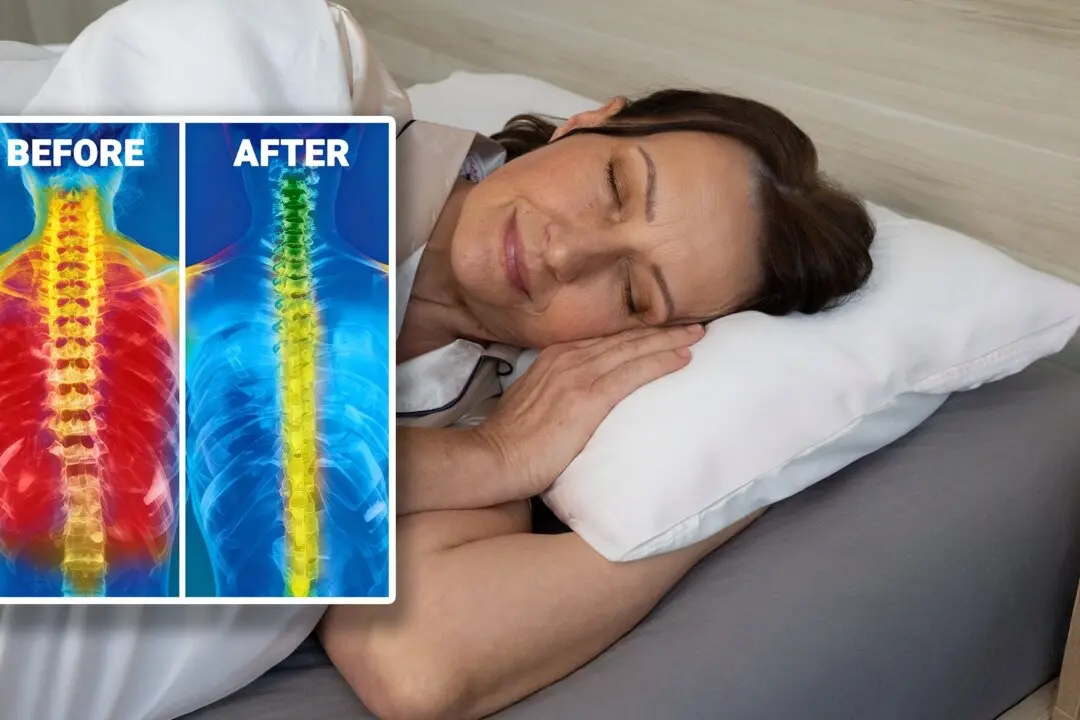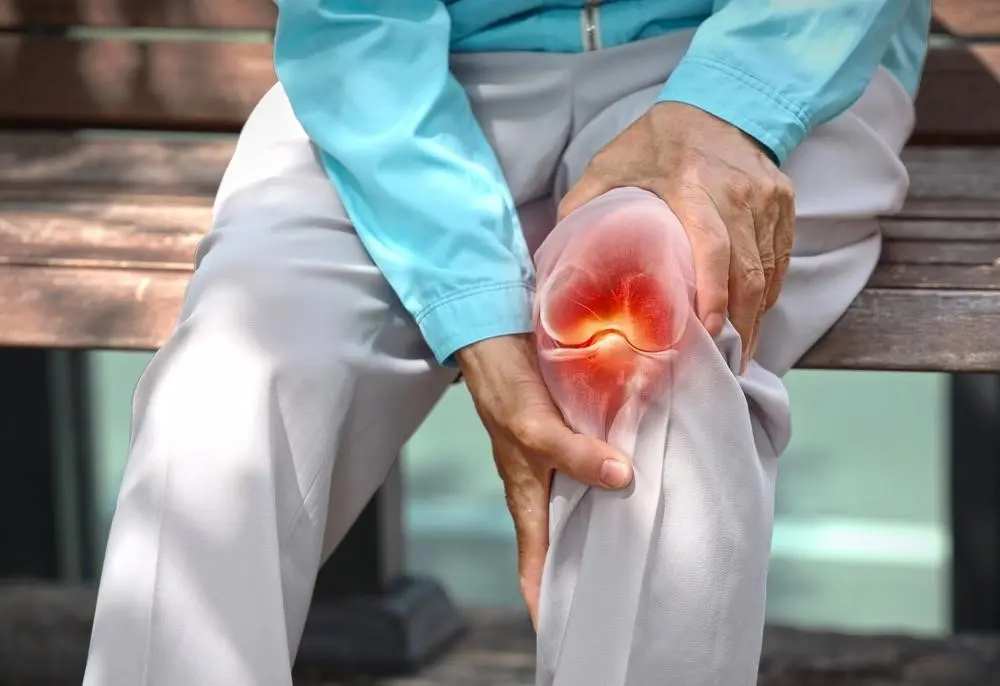John F. Kennedy might never have been president if not for an early form of trigger point therapy.
As part of his ongoing saga of health woes, six years before his presidency Kennedy was having muscle spasms so severe in his low back that he could barely walk and felt he was facing the end of his career.
Then he consulted a doctor who offered him a controversial treatment—injections of a local anesthetic called procaine into the foci of the spasms. The treatment is credited with getting him to the White House.





